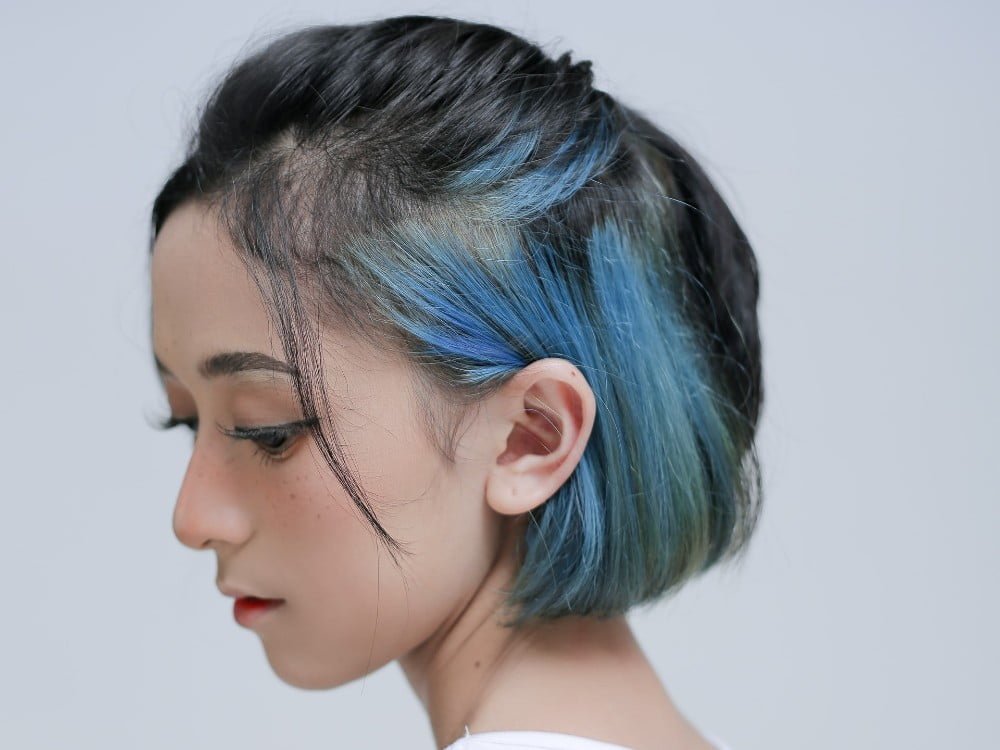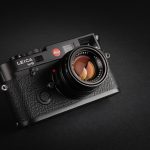16 Top of Our Favorite Outdoor Clothing Modern website design requires optimization for a variety of devices and resolutions. Web page layouts should be really responsive and do not rely on fixed-size elements. Web designers who use fluid grids and flexible pictures ensure that a web page renders correctly across a wide range of devices, windows, and screen sizes.
Most users look for something intriguing (or useful) and clickable; once some potential options are identified, users click. If the new page does not satisfy the user’s expectations, they click the back button and continue their search.
16 Top of Our Favorite Outdoor Clothing Brands Trending Now.
A good website should be easy to navigate
Not all websites are created equal. Some websites are basic, logical, and easy to navigate. Others are a disorganized collection of pages and links. Website navigation helps visitors to move from one page to the next without hassle. If you’ve done your job effectively, visitors will leave your site intending to return, and they may even buy anything from you or subscribe to your email list.

Elements that can help website visual composition
Nobody appreciates looking at an unsightly website. Garish colors, cluttered graphics, and confusing movement can all put clients “off” and send them shopping “somewhere else”. Basic composition rules to increase effectiveness:
- Direct the eye using leading lines.
- Balance Out Your Elements.
- Use complementary elements and identify “focal points” for placement.
Good design directs the user by communicating purpose and priority. As a result, every aspect of the design should be based on a “informed decision” rather than an arbitrary outcome of personal preference or current trends.
Creating visual rhythms in your layouts
In design, rhythm is achieved by repeating parts in predictable patterns. This repetition is a natural phenomenon that occurs throughout our environment. People are driven every day by predictable, timed events. The navigation menu of a website is an excellent place to include repetition and rhythm. A consistent, easy-to-follow pattern—color, layout, and so on. Provides users with a clear route to whatever you wish to share on your website.

Good design directs the user by communicating purpose and priority. As a result, every aspect of the design should be based on a “informed decision” rather than an arbitrary outcome of personal preference or current trends.
To make interactive elements easier to detect, use unique designs for links and buttons. Examples include “change the appearance of links” on mouse hover, “keyboard focus”, and “touch-screen activation”.


